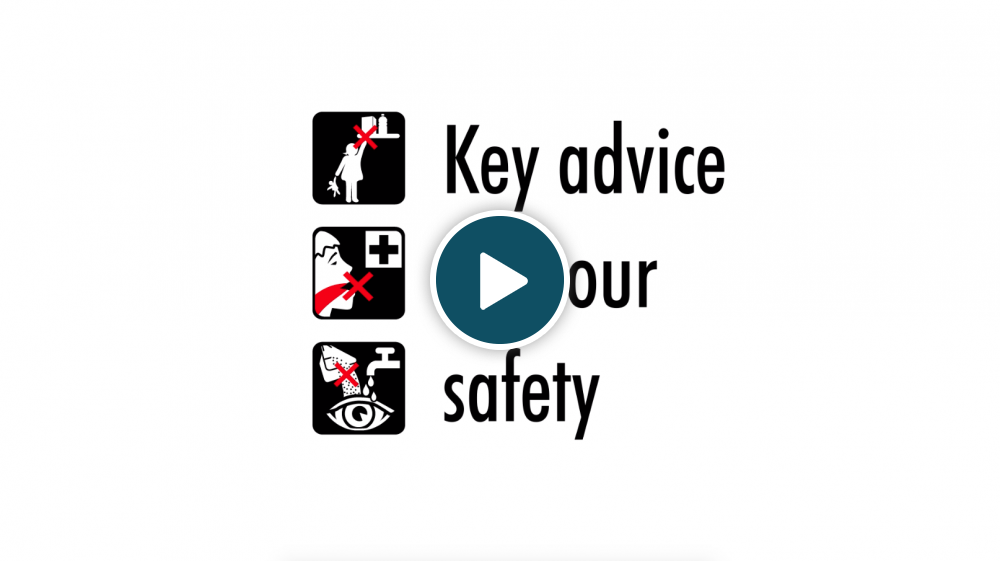Household detergents and maintenance products are safe when used and stored according to the directions on the label. So always read and follow the directions on the label, and always keep them out of reach of children.
As cleaning products come in many forms (e.g. liquids, solids, aerosols) and have many different applications (toilet cleaning liquid, surface polish spray, washing powder, etc), directions for use and storage vary and are specific to each product.
In certain cases, they can contain hazardous ingredients. Such ingredients are used because they are necessary for the product to work well. For example, some detergents contain enzymes to help break up and remove grease and other food stains from fabrics, while disinfectants may contain a biocidal ingredient to remove and prevent the spread of germs.
When a product contains hazardous ingredients, EU law requires that specific hazard pictograms and information is included on the label. In addition, you will see some handy safe use icons, developed by the European cleaning products industry, to help you use hazardous household cleaning products safely.
Have a look at the range of symbols you might see on a cleaning product label, to make sure you know what they all mean.
Understanding hazard pictograms
In Europe, the regulation on classification, labeling and packaging of chemicals (CLP) determines what hazard information must be displayed on the label of a chemical product (including household cleaning products) to help you handle and use it safely.
Below you can find the CLP hazard pictograms that commonly appear on the label of household detergents and cleaning products with a simplified explanation of what they mean and what precautions you should take when you see this pictogram on a product.
Of course, you should always read the whole label carefully.
The European Chemicals Agency website (ECHA) has more detailed information on the regulation for the Classification, Labelling and Packaging of Chemicals and its requirements.
If you still have old products sitting on the shelf from before 2015, they may have different hazard pictograms.
-
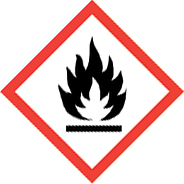
Flammable
Meaning: Highly or extremely flammable gas, aerosol, liquid or vapour
E.g. aerosols (such as air fresheners, insecticides, polishes, oven cleaners, etc.). Possibly also on windscreen wash, glass cleaners, certain all-purpose cleaners, hand sanitizers.
Precaution:
Keep out of reach of children
Keep away from heat
Keep container tightly closed
-
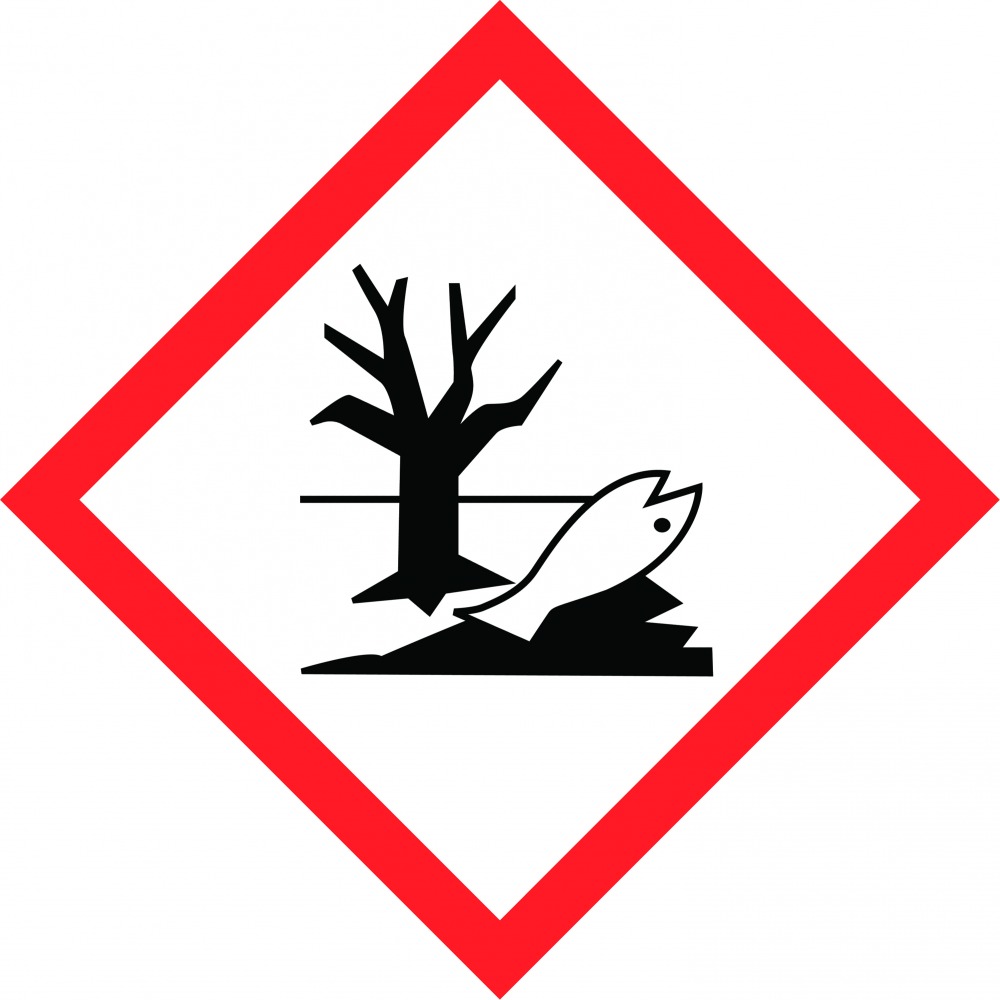
Hazardous to the environment
Meaning: Toxic to the aquatic life
Precaution:
Avoid release to the environment
Collect spillage
-
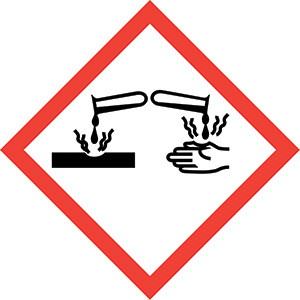
Corrosive to the eyes and skin
Meaning: May cause severe skin burns and eye damage
E.g. caustic drain cleaners, acid toilet cleaners, limescale remover, etc.
Precaution:
Keep out of reach of children
Avoid contact with skin/eye
Immediately rinse with water if spilled on skin
or eyes
Seek medical advice if spilled on skin or eyes
-

Eye damage
Meaning: May cause severe eye damage
E.g. on laundry detergents, automatic dish wash detergents, all-purpose cleaners. Possibly, some hand dish wash liquid detergents
Precautions:
Keep out of reach of children
Keep in original container
Avoid eye contact
In case of accident, rinse with water
If unwell, contact a poison centre
-
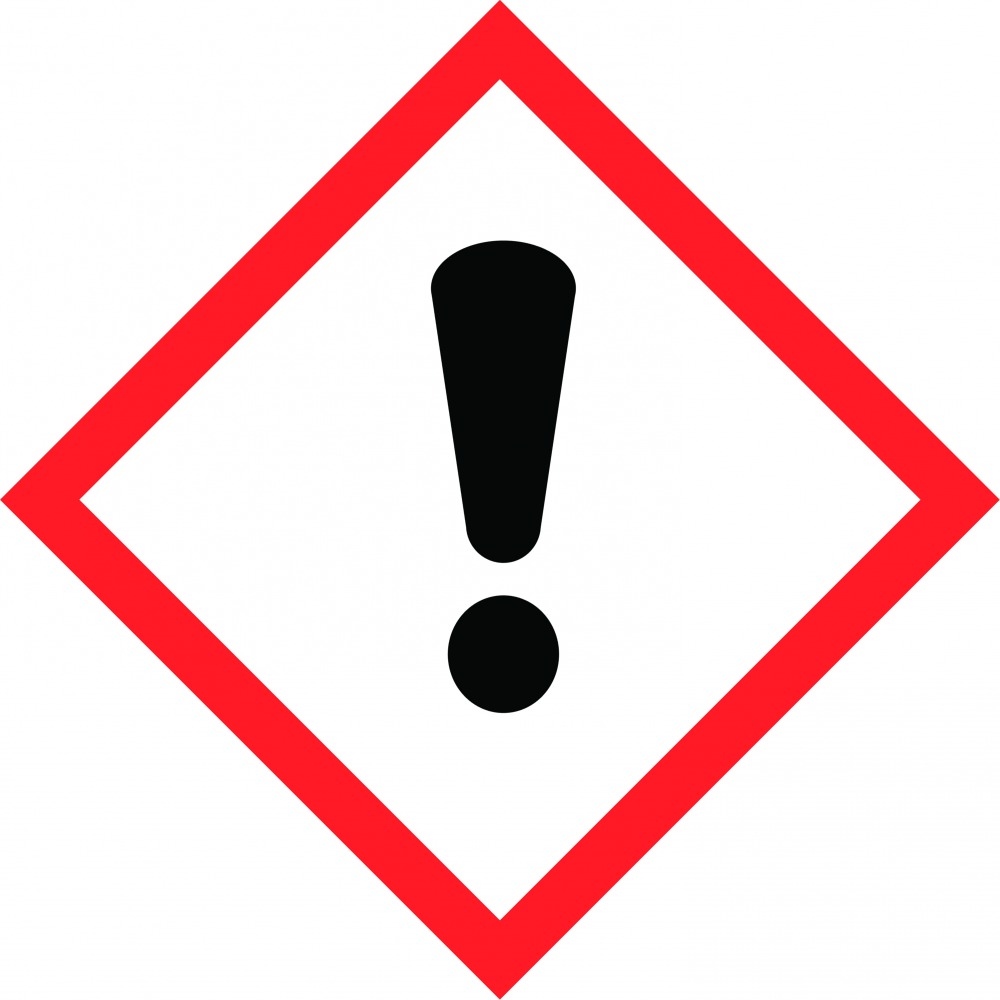
Irritant
Meaning: May cause allergic skin reaction or serious eye irritation
E.g. on laundry detergents, hand dish wash liquid detergents, all-purpose cleaners, automatic dish wash detergents
Precautions:
Keep out of reach of children
Avoid skin and eye contact
In case of accident, rinse with water
About safe use icons
To help you use products safely and complement the important hazard information prescribed by EU regulations, you will also find safe use guidance on the label that has been developed by the industry.
These safe use icons and phrases help you use and store household cleaning and maintenance products safely. They can be found on the label and provide safe use instructions in a simple, accessible and direct way.
-
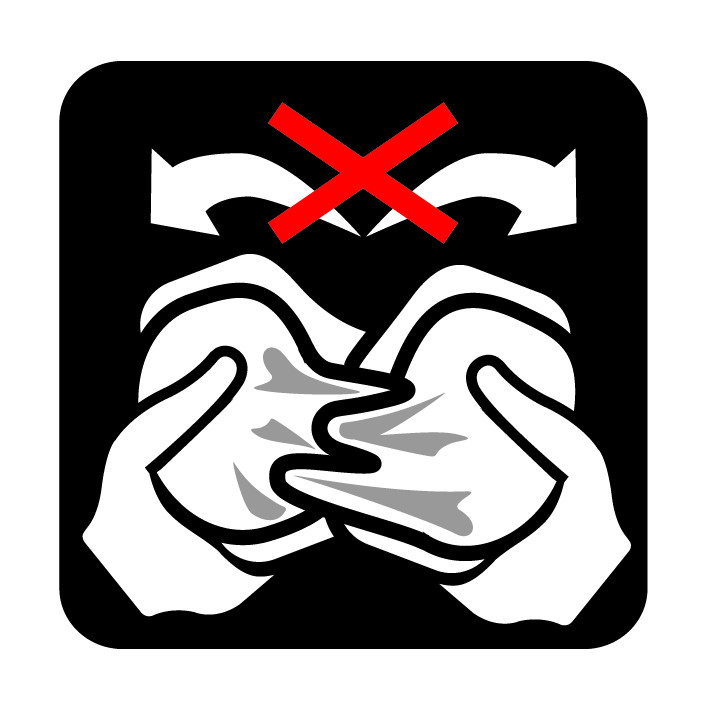
Do not tear apart stuck capsules.
-
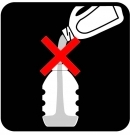
Do not change container to store contents.
-
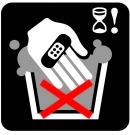
People with sensitive or damaged skin should avoid prolonged contact with the product.
-
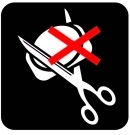
Do not pierce, break or cut.
-

Close the bag properly.
-
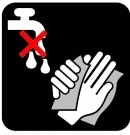
Use with dry hands.
-

Transfer refill content in the original container only.
-

Close the lid properly.
-

Do not mix with other products.
-
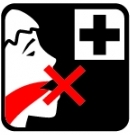
Do not ingest. If product is ingested then seek medical advice.
-
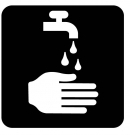
Rinse hands after use.
-
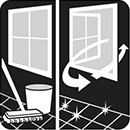
Ventilate the room after use.
-
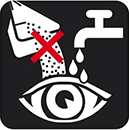
Keep away from eyes. If product gets into eyes rinse thoroughly with water.
-
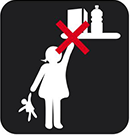
Keep away from children.
This icon was officially endorsed by the United Nations in mid 2019 and included in the GHS Sub-committee guidelines (Globally Harmonized System of classification and labelling of chemicals).
